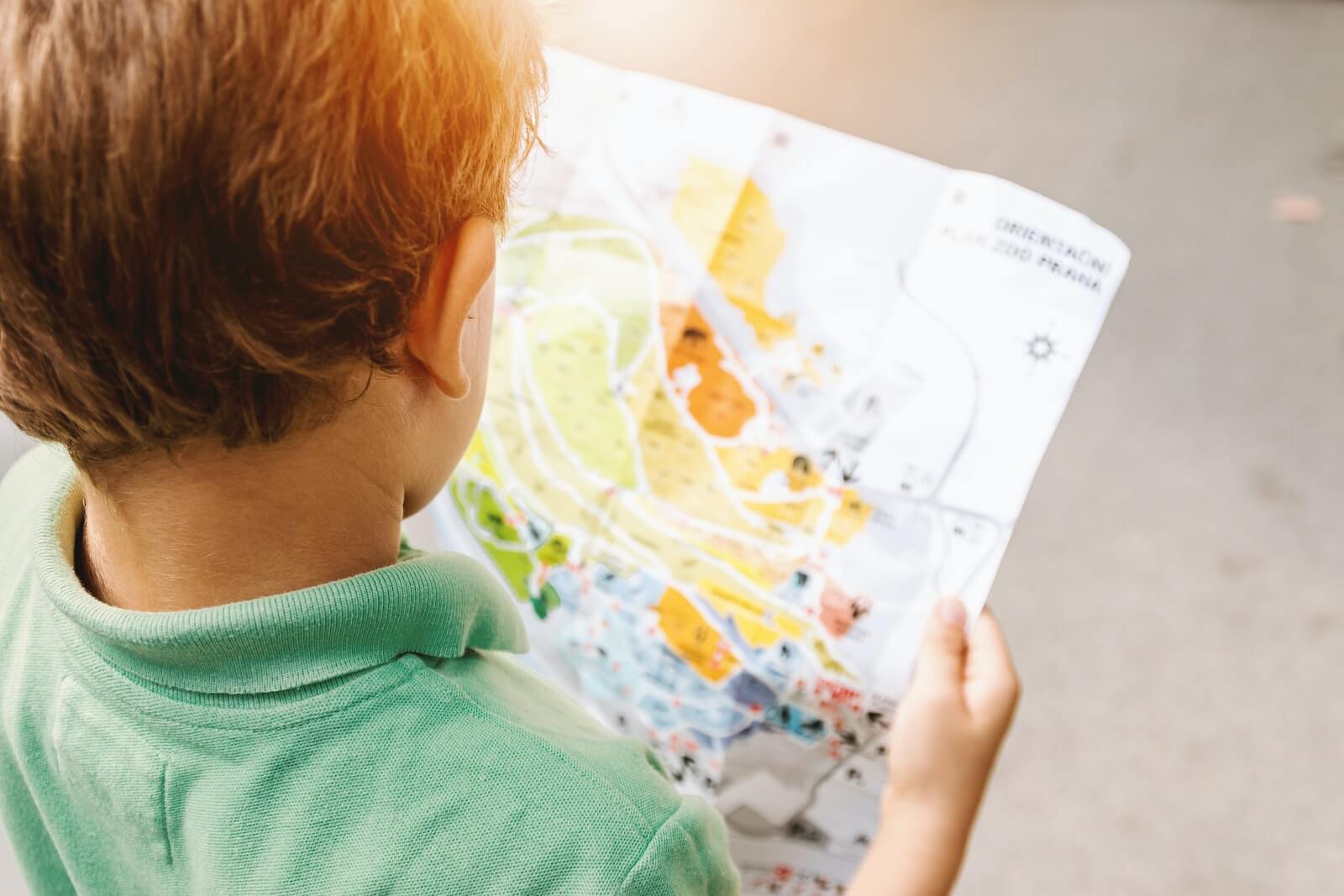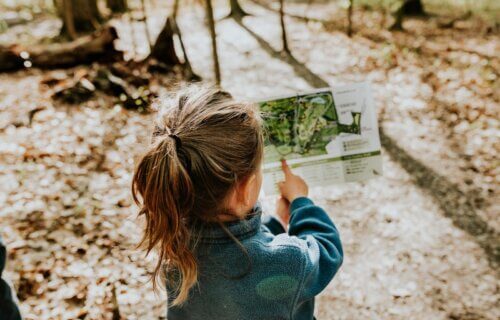NORWICH, United Kingdom — Children as young as four years-old can read maps, a new study reveals. Pre-schoolers are able to use a scale model to find things in the real world, according to researchers in the United Kingdom.
There are claims children struggle with diagrams and symbols until at least the age of seven or eight. However, spatial ability skills begin much earlier, laying the foundation for learning math and science. The discovery is based on 175 children between two and five years-old who played a spatial learning game. They were shown a sticker hidden in a virtual room and then had to look for another in the same place in an identical simulation.
“The two and three-year-olds were not able to recognize that the spatial arrangements in the model rooms were the same. But from about four years old, they were able to use one model room as a guide to finding the object in the other,” says lead author Dr. Martin Doherty from the University of East Anglia in a media release.
“This means that children start to develop the basic skills that underly map reading from the age of four,” adds Doherty. “Based on these findings we predict children can read simple maps from around the age of four. Extending our methods to maps would help resolve a controversial developmental question.”

The new study resolves a debate about whether understanding models is a representational or spatial ability. Prior studies have suggested that grasping the concept of models shows an understanding of representational skills.
Dr. Doherty and his colleagues, however, say their results indicate it’s the latter.
“This tells us that map-reading may be cognitively simpler than previously thought,” Dr. Doherty says.
That is good news for those who fear people are becoming overly dependent on software — like GPS and map apps. If your phone dies and you are miles from civilization, knowing how to read a map can save your life.
Learning how to read a map also helps in critical thinking, analysis, orientation, problem solving, and memory skills. It is an important tool for building children’s spatial reasoning skills and helping them make sense of our world. It gives them a mental map of their world too.
The study is published in the journal Developmental Psychology.
South West News Service writer Mark Waghorn contributed to this report.

